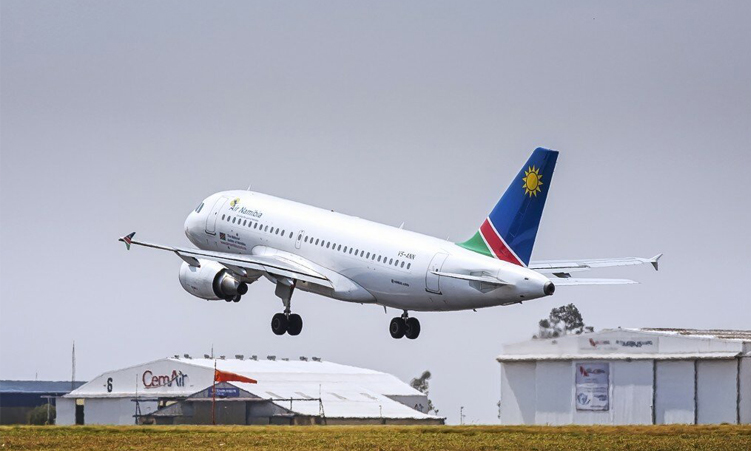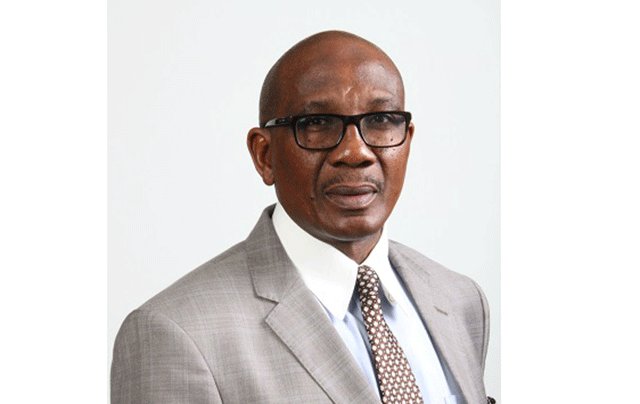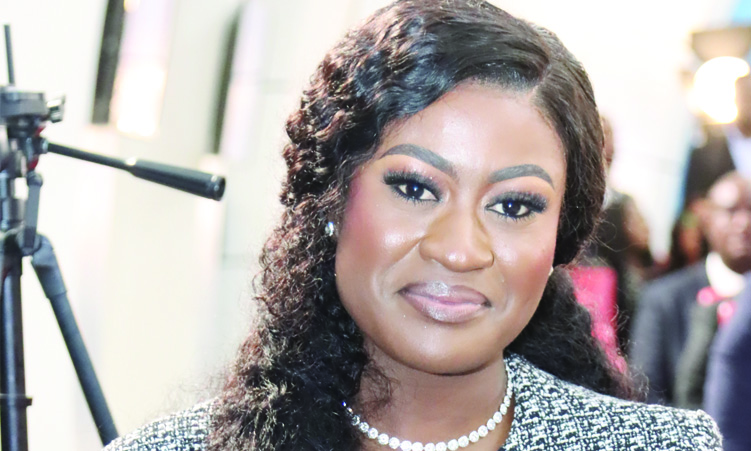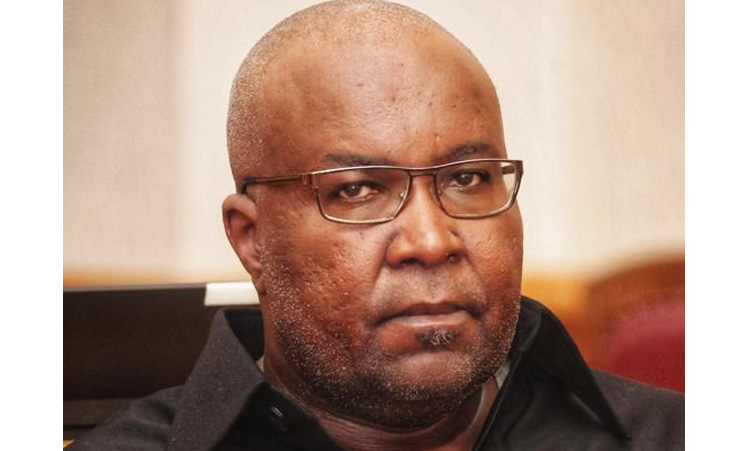The government has allocated N$20 million for a feasibility study on reviving Air Namibia, with plans to relaunch the airline by 2026.
A source close to Swapo’s leadership confirmed to The Namibian yesterday that the funds would be facilitated through the works and transport ministry which falls under Veikko Nekundi.
The source said: “She (Netumbo Nandi-Ndaitwah) has not stopped talking about Air Namibia. She said it’s a priority. She regards it as the pride of the nation and thus she has given the greenlight for N$20 million towards the feasibility study to revive Air Namibia”.
The Swapo Implementation Plan indicates that a N$3-billion investment is required in the next five years to support Air Namibia.
It says the revival of Air Namibia will lead to increased tourism through direct international destinations, thereby generating foreign exchange revenue creating 700 direct and 500 indirect jobs.
An expression of interest for a public-private partnership is expected by August 2025. The official relaunch is targeted between June and December 2026, beginning with regional flights before expanding to international destinations.The plan reads “to acquire or lease airplanes, develop airplane maintenance stations to support the airline operations”.
The liquidation of Air Namibia in 2021 under former president Hage Geingob’s tenure was driven by his Cabinet’s view that the airline was a financial burden.
In contrast, president Netumbo Nandi-Ndaitwah sees it as a national asset and has made its revival a priority.
Before liquidation, Air Namibia’s assets at book value stood at N$981 million as at August 2020, while the airline’s liabilities stood at N$3 billion over the review period.
Finance and social grants management minister Erica Shafudah, who is tabling the budget tomorrow, says questions regarding the allocation of N$20 million should be forwarded to the Ministry of Works and Transport.
Minister of works and transport Veikko Nekundi yesterday told The Namibian there is a keen interest in Air Namibia.
“However, I urge that we establish cooling and avoid informing the nation with piecemeal information,” he said.
“Therefore, be assured that we shall share the facts with the nation through you at the appropriate time, which is very soon,” he added.
The Namibian understands that most of the N$20 million allocated for the study will be spent by June. An organisation that builds low cost houses yesterday told The Namibian N$20 million is enough to build 500 houses at the cost of N$40 000 in the informal settlement.
Pumping taxpayers’ money into Air Namibia is not new.
When the airline closed, the government spent around N$300 million to pay salaries of Air Namibia workers who were staying home.
After its closure, it had gobbled up more than N$11 billion from government bailouts.
Between 2003 and 2009, the government splashed about N$2 billion on Air Namibia to turn around its fortunes. Not much was achieved.
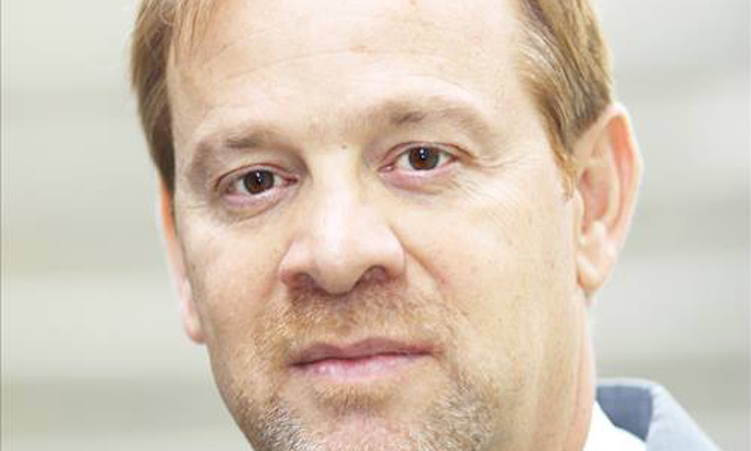
In 2011, Air Namibia management formulated another five-year turn-around strategy and convinced the government it would lead to the airliner breaking even. The government chipped in with N$1.6 billion. From that turn-around a bit of success was achieved, according to its former acting managing director, Rene Gsponer.
At the time, Gsponer said Air Namibia averaged N$188 million between July and October 2014. He said Air Namibia made a record high N$205 million revenue in October 2014, marking the first time in history the airline broke even, and making profit in four consecutive months. However, that success was short lived as Air Namibia was soon back to its begging ways. In the 2015/16 financial year, the government allocated N$579.8 million to Air Namibia.
The budget was then increased to N$722.4 million in the 2016/17 financial year. The government allocated another N$629.6 million for the 2017/18 financial year.
A N$740-million subsidy for the airline was also budgeted for in 2018/19. A further assistance of N$676 million was budgeted for in 2019/20, while N$698 million was allocated in 2020/21.
The then 74-year old defunct Air Namibia had the largest fleet in the country, according to a list obtained from the Namibia Civil Aviation Authority. It used to operate four big planes with a carrying load of 150 people each, with a combined market value of more than N$1.6 billion.
The four planes had a market value of N$407 million each.
The company also had four small jet planes with a 37-passenger capacity worth a combined N$84 million. Each plane was worth N$21 million.
When Air Namibia died, West Air entered the market.
Swapo Party Youth League secretary Ephraim Nekongo in 2023 said the liquidation of Air Namibia was a concocted move to pave a way for a private airline at the expense of “our airline”.
“We are shocked to hear that they are buying assets of Air Namibia such as planes, even though during the liquidation talks, the government assured us without any fear of contradiction that all the planes will be reserved and the government will do everything in its power to bring back a national airline,” Nekongo said at the time.
The collapse of Air Namibia remains a divisive issue. While the government poured billions into keeping the airline afloat, opinions on whether it was worth the investment remain split.
For some, Air Namibia symbolised national pride, ‘flying the national flag’ across the world. For others, it was an unsustainable drain on state resources in a country struggling with unemployment, hunger and underfunded education and healthcare.
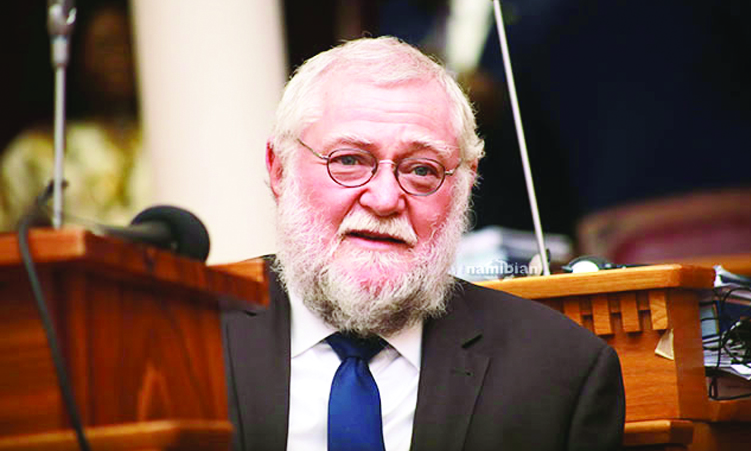
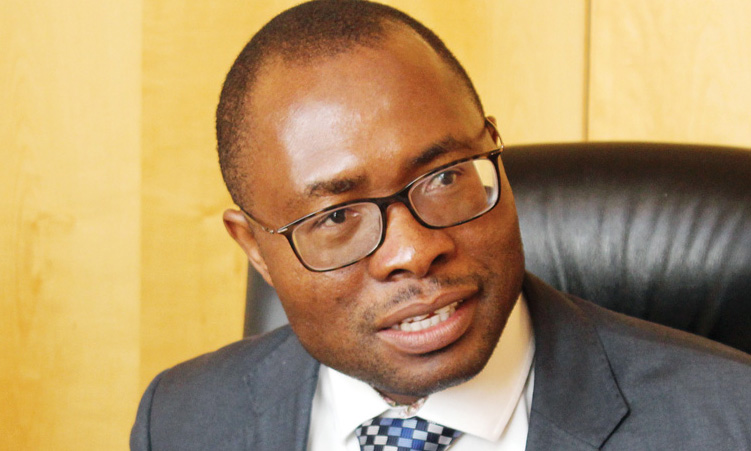
Both former finance ministers Calle Schlettwein and Iipumbu Shiimi have always supported the closure of Air Namibia.
Schlettwein says all the feasibility studies done on Air Namibia have failed.
“There are many other priorities to spend money on rather than revive Air Namibia. We have vast infrastructure needs in the water sector, transport, housing, school, health. . . so Air Namibia will not be a priority for me,” he says.
Before elections, Nandi-Ndaitwah promised to revive Air Namibia. Nandi-Ndaitwah said she fell in love with the airline, as she frequently used it for 12 years when she was the minister of international relations.
“It was a policy in the ministry that unless the airline is fully-booked, that’s when you can book another airline. It can be expensive, but you are reinvesting your money, and that is how countries build themselves,” she said.
Affirmative Repositioning (AR) member of parliament George Kambala yesterday said reviving Air Namibia is not just an idea, it’s a necessity.
“But let’s be clear; the collapse of Air Namibia was a direct result of decades of corruption, mismanagement and a neoliberal agenda that prioritised privatisation over the strategic value of a national airline. To revive Air Namibia without addressing the structural flaws that led to its downfall would be a monumental failure,” he said.
Kambala said AR views the revival of Air Namibia as an opportunity to redefine state-owned enterprises as engines of economic empowerment and national pride.
“However, this must be done radically through transparency, efficiency and accountability. If Air Namibia is resurrected by the same models, it will lead to another disaster.”
However, Kambala said this government cannot be trusted to oversee such a revival.
“They have proven time and again that they prioritise personal gain over national interest. AR demands a comprehensive restructuring of the aviation industry, with full public participation, to ensure that Air Namibia’s revival benefits the people, not the elites,” he said.
Stay informed with The Namibian – your source for credible journalism. Get in-depth reporting and opinions for
only N$85 a month. Invest in journalism, invest in democracy –
Subscribe Now!




